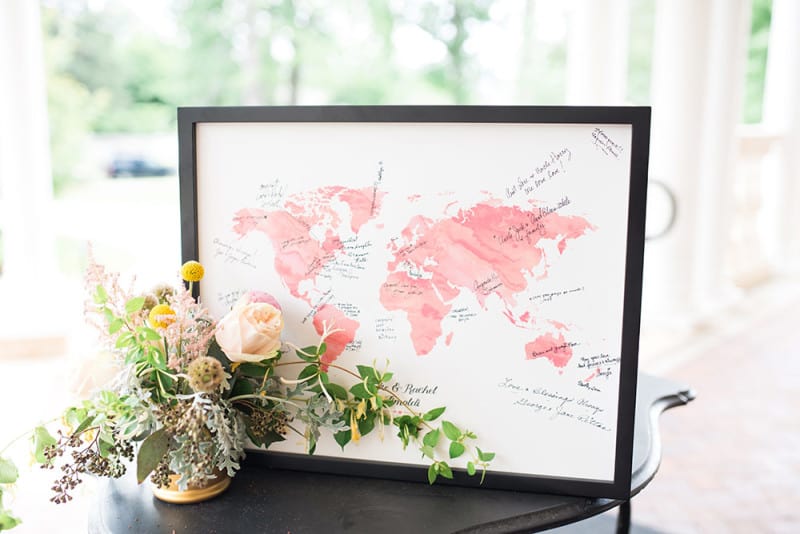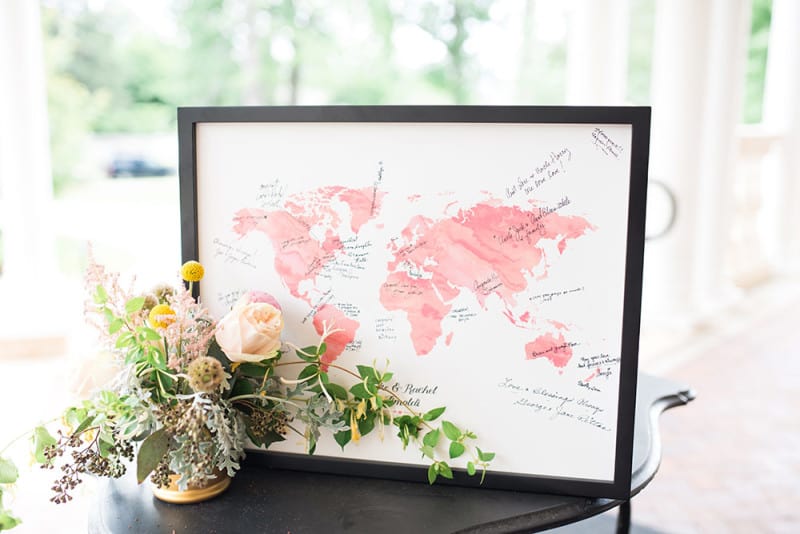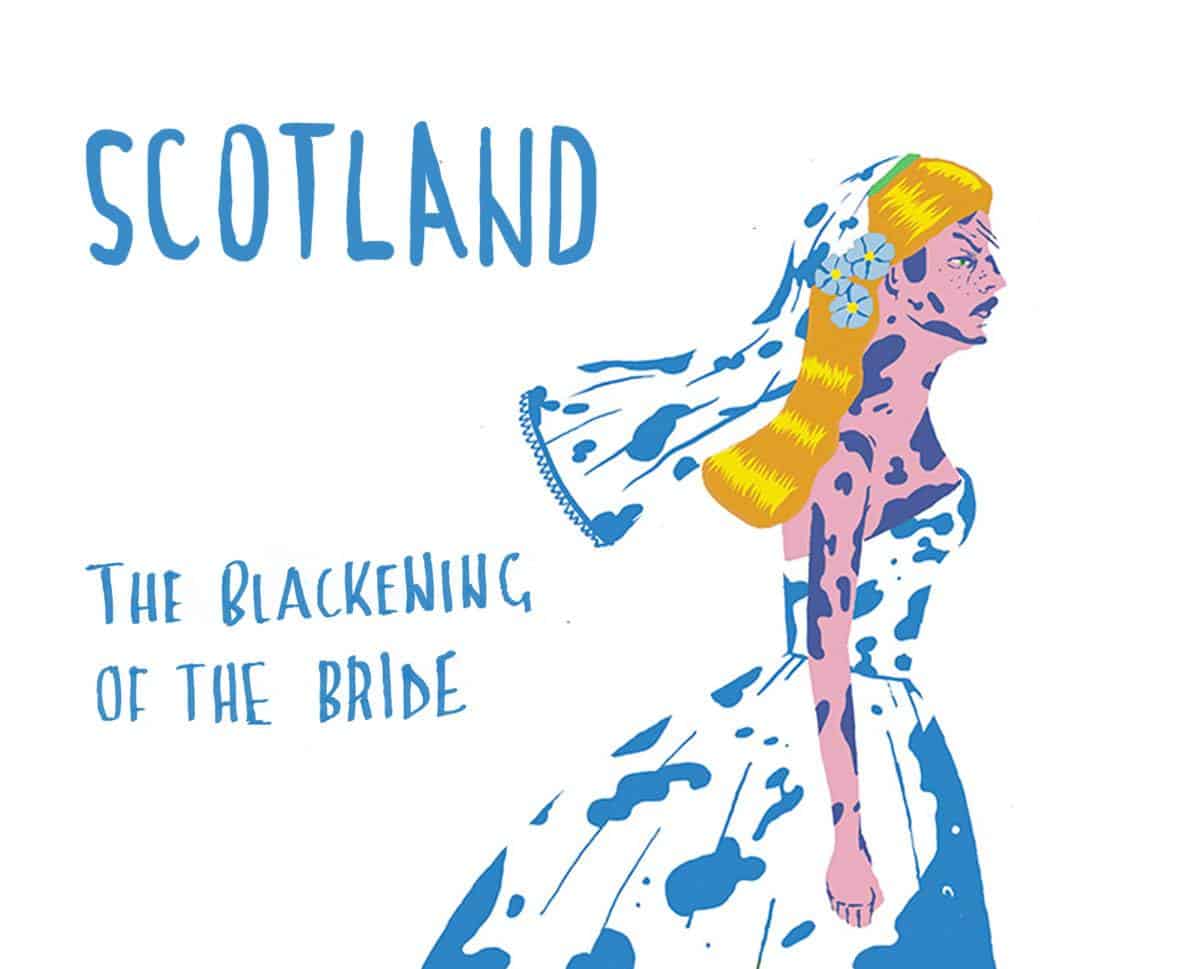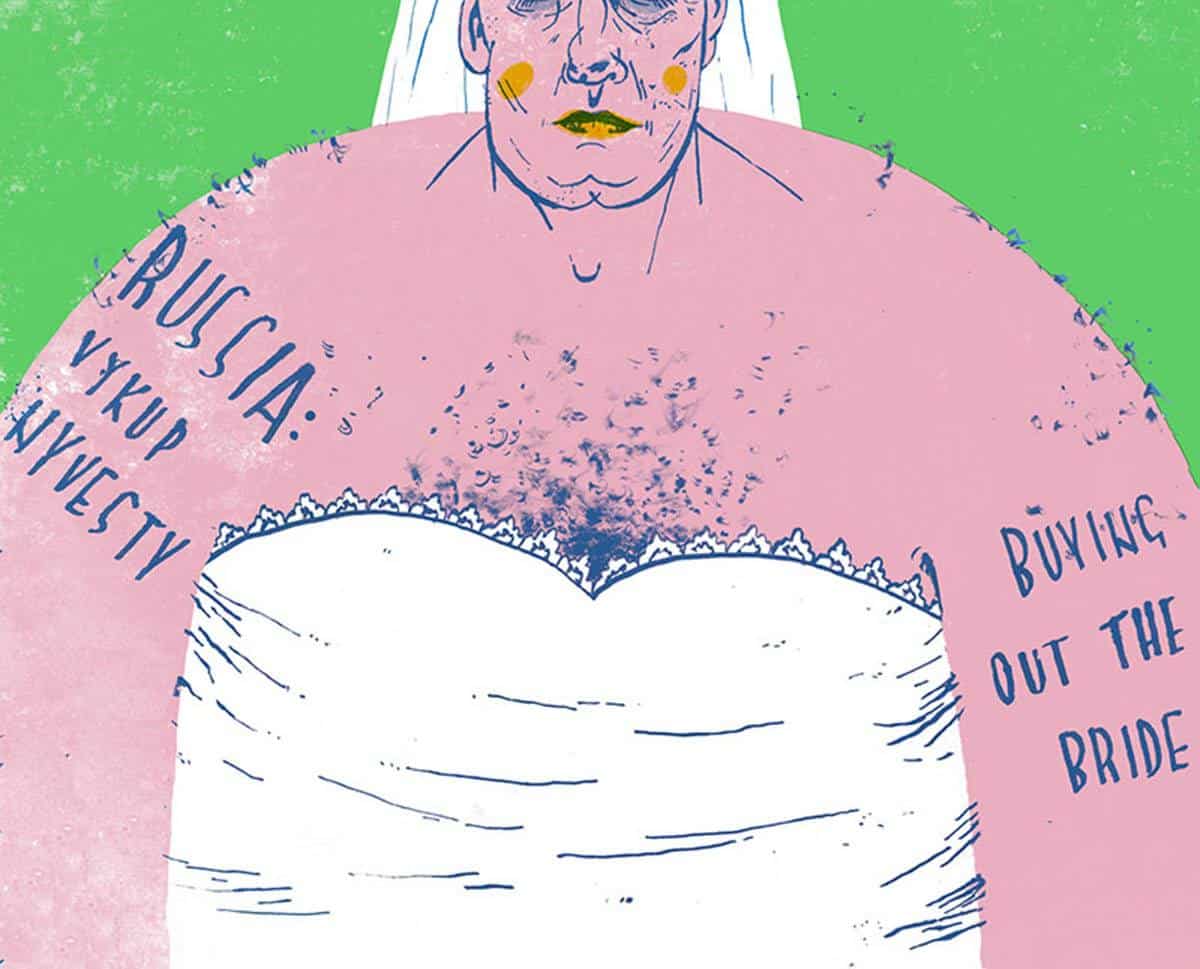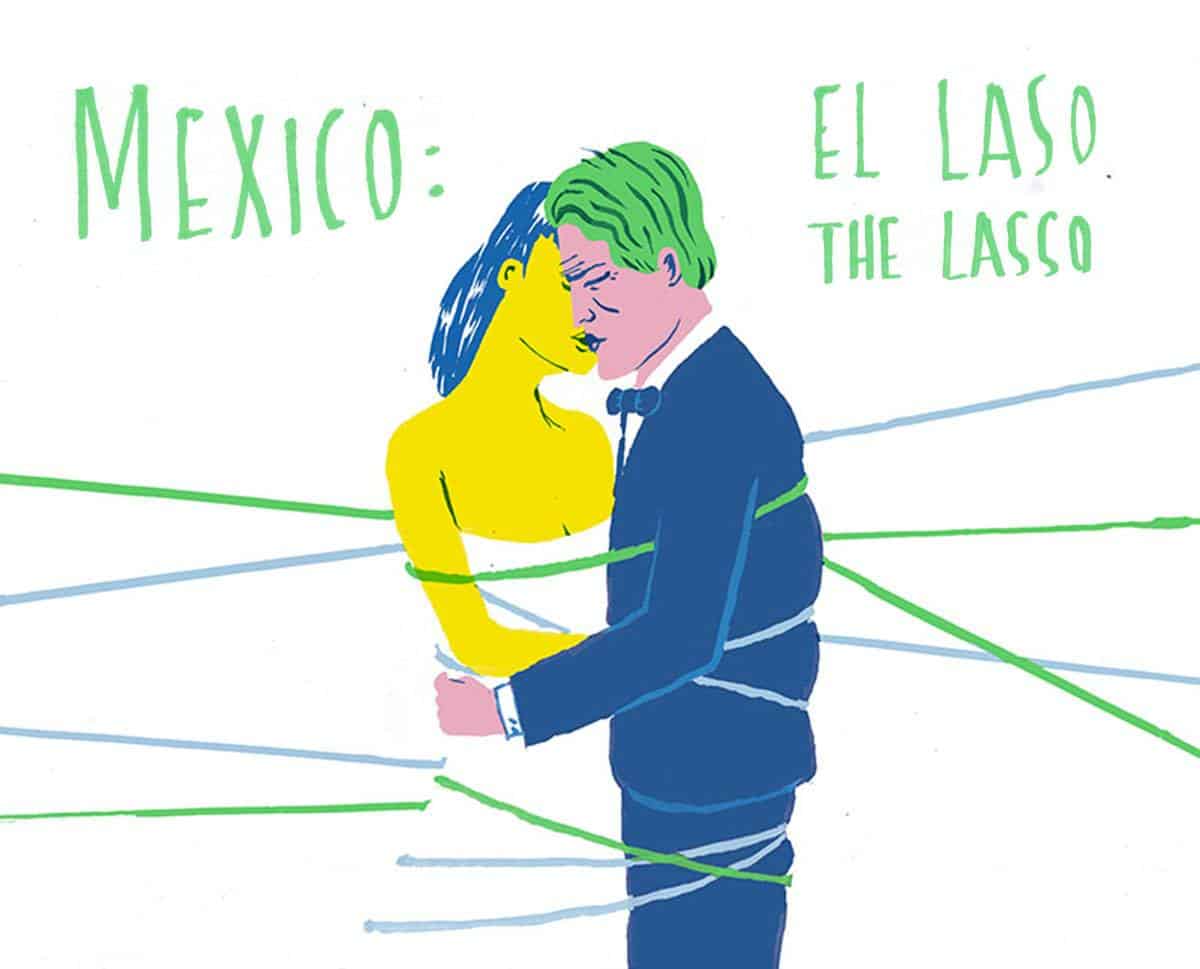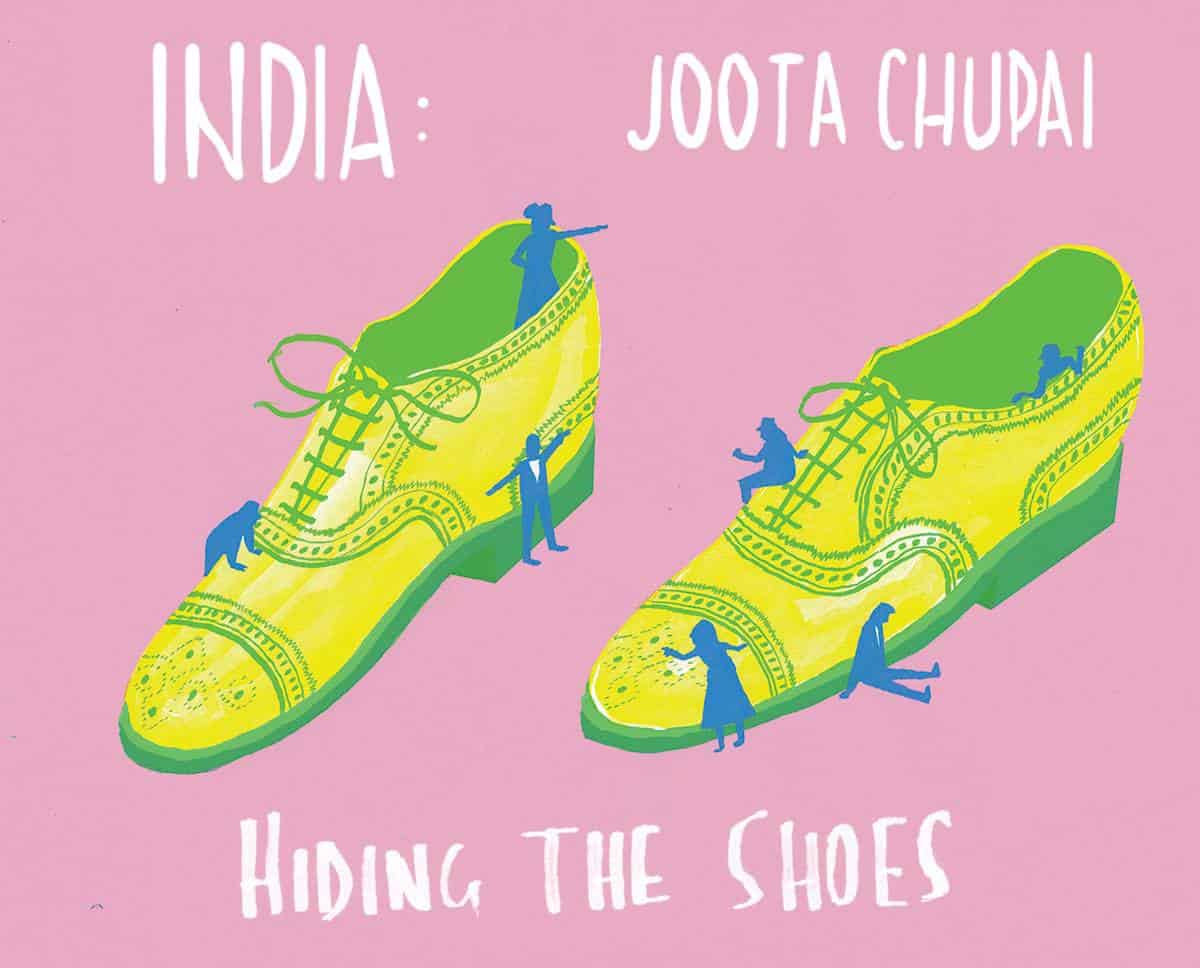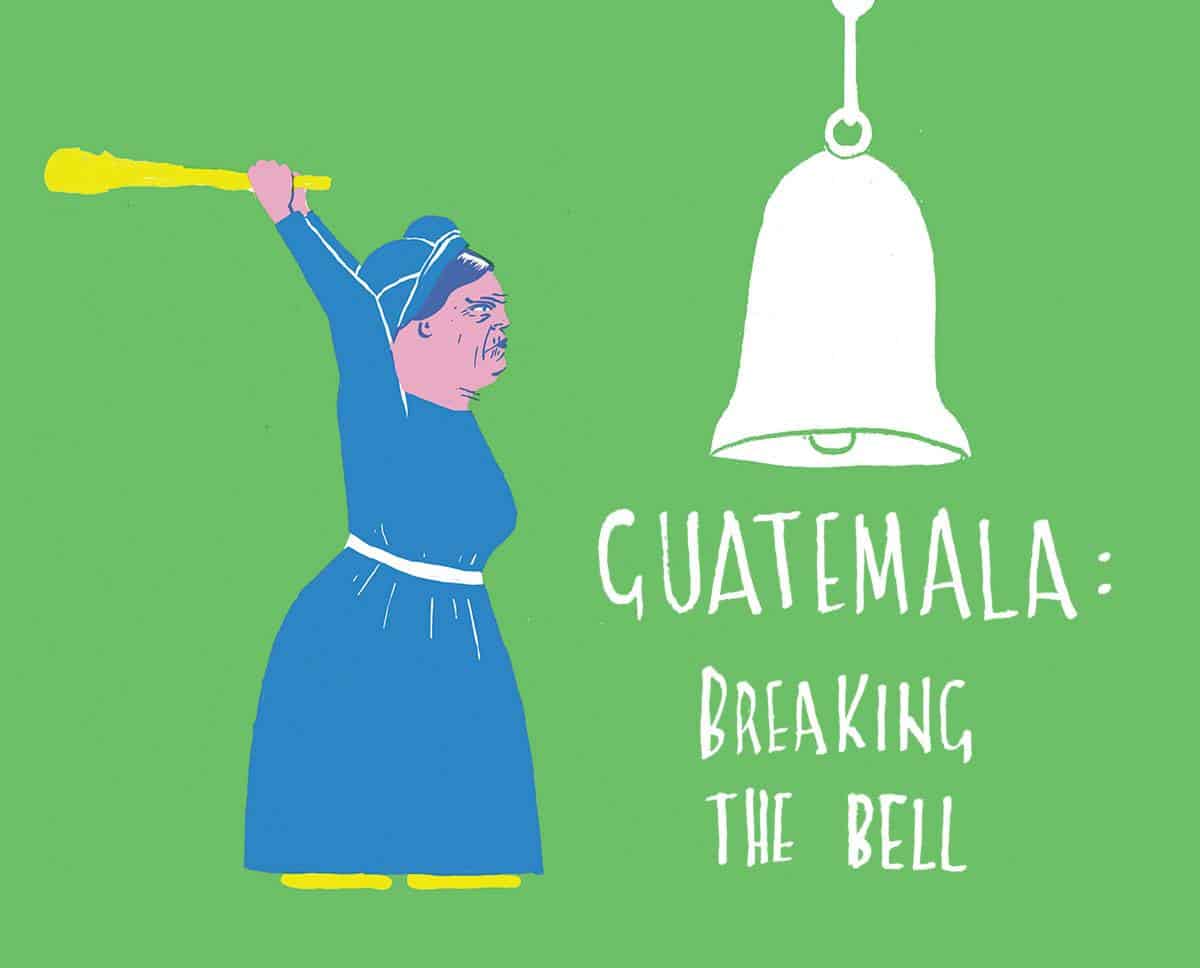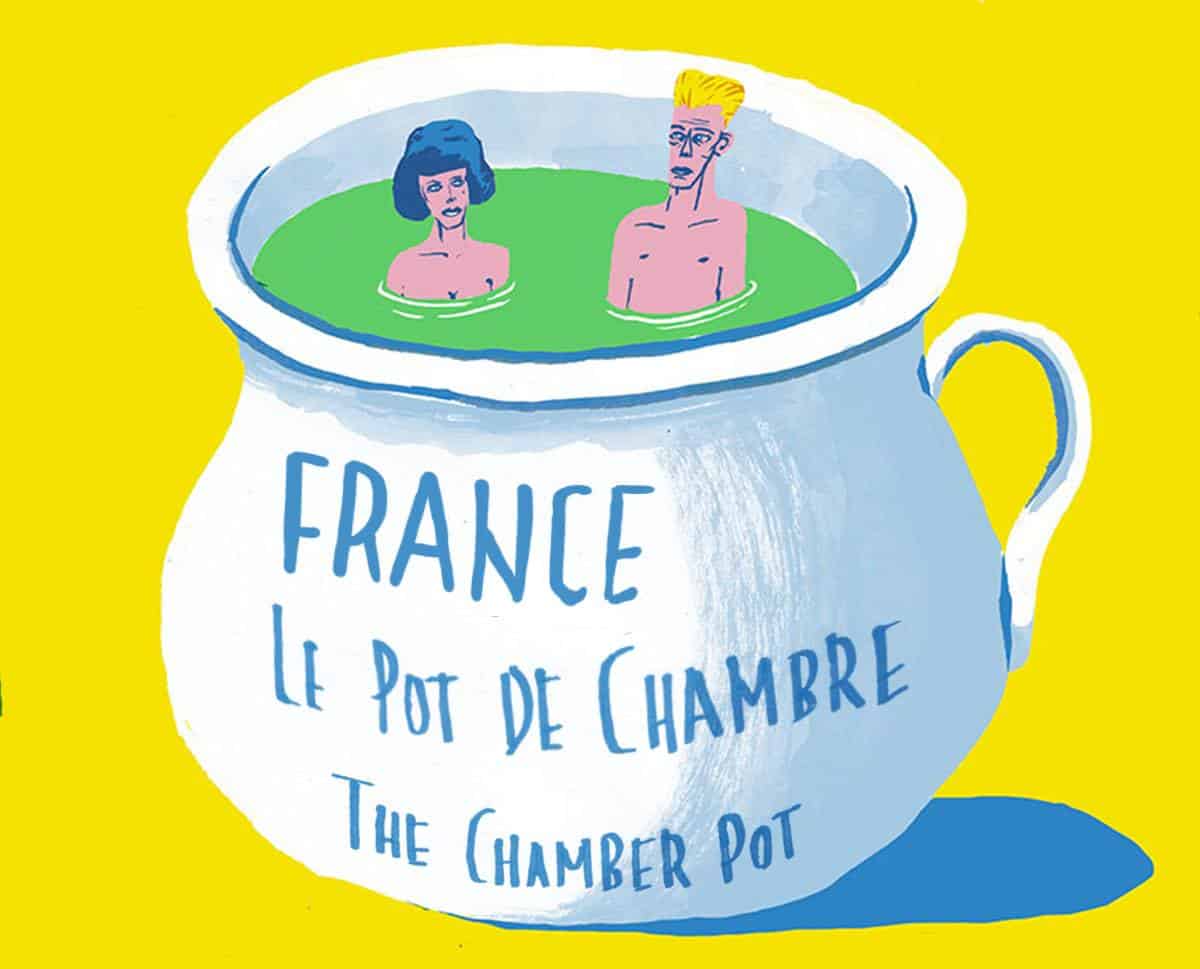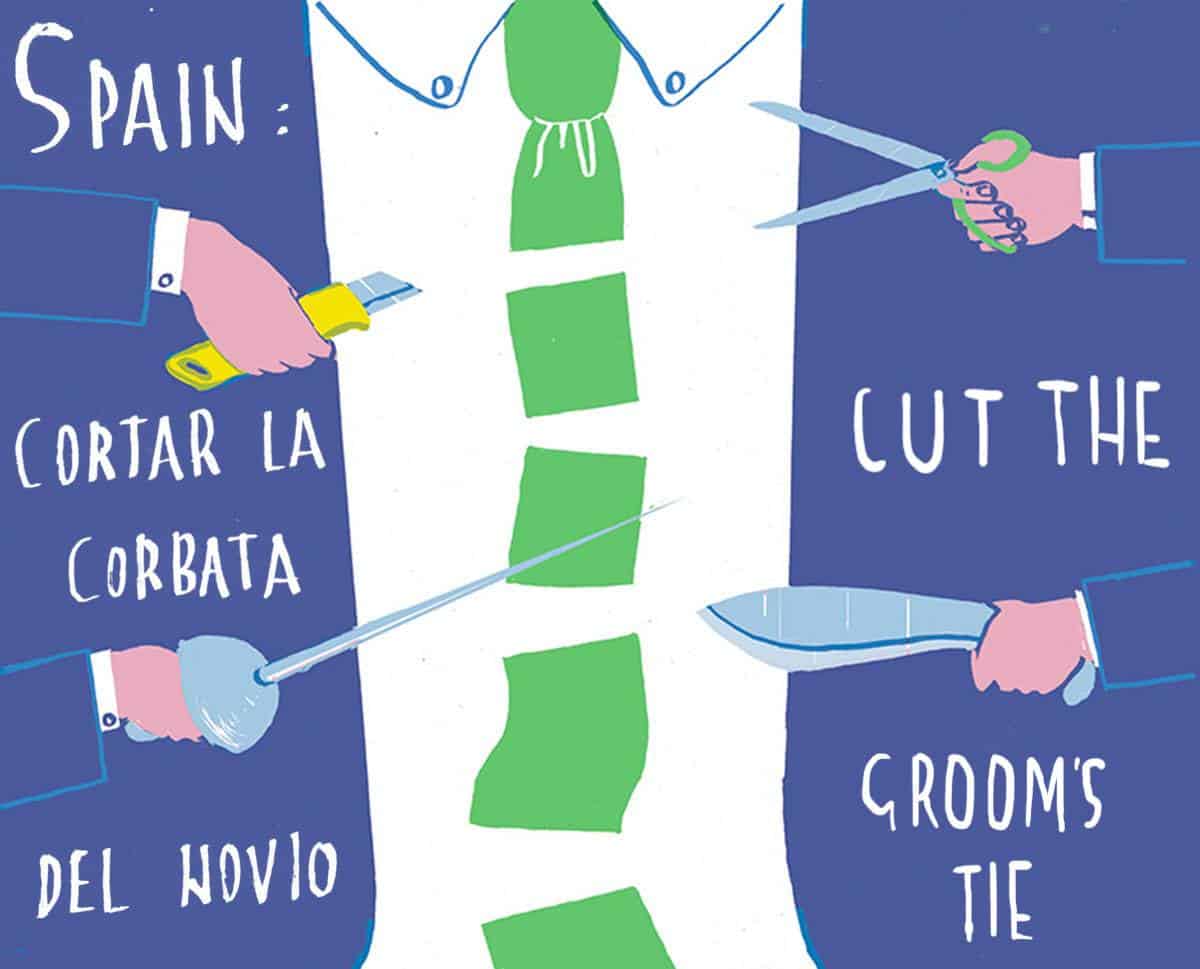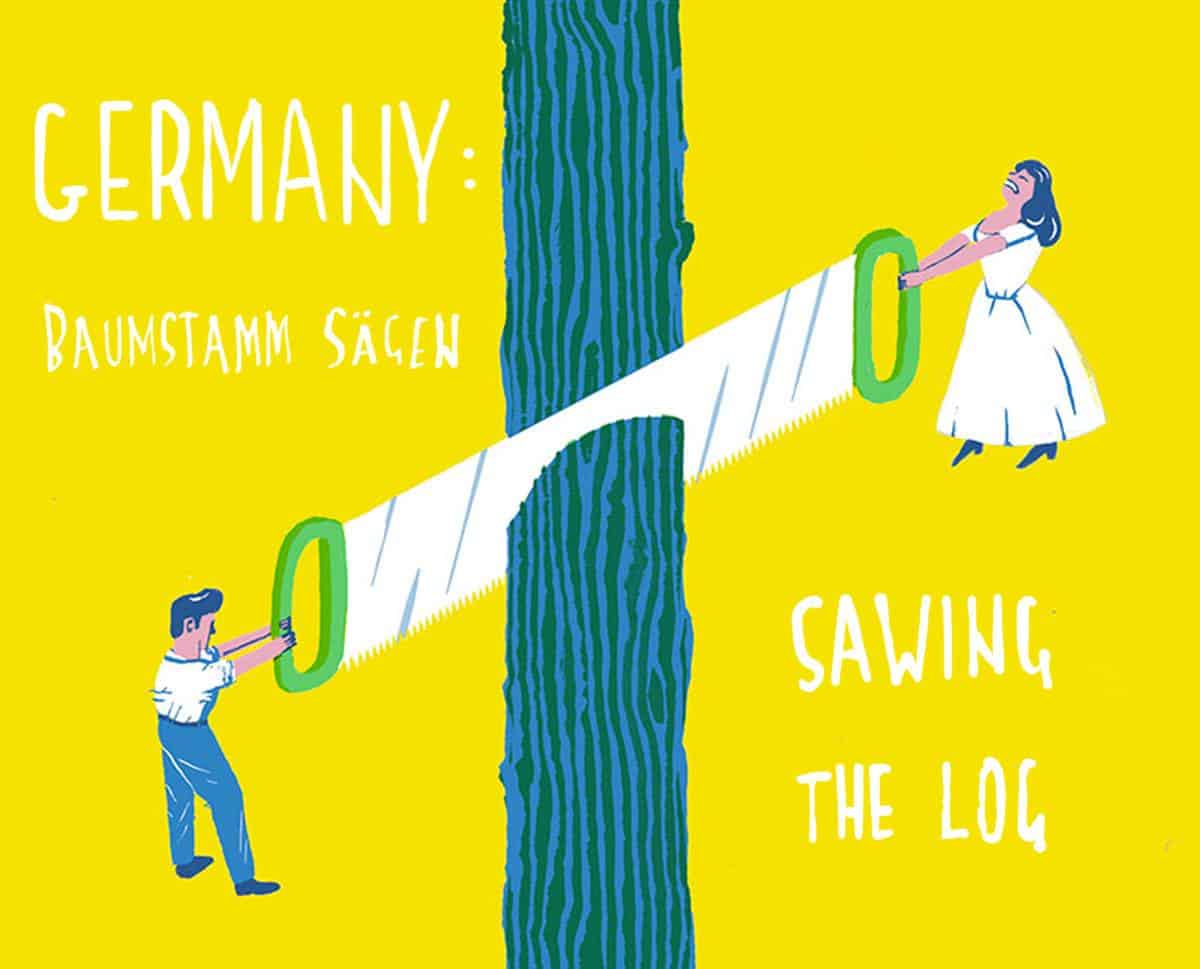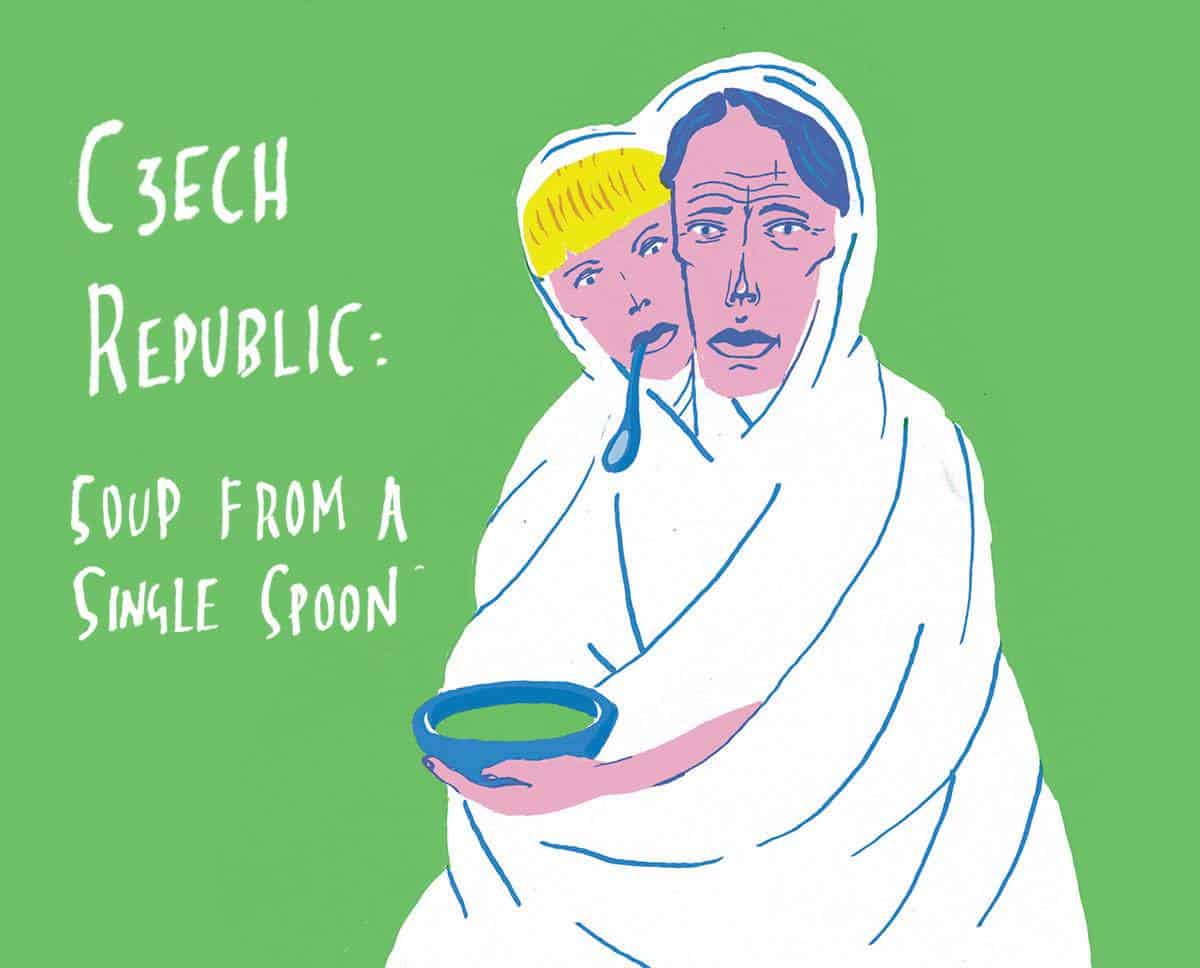
From stolen shoes in India, to buried bourbon in the South, to silly socks in Canada, these are our 19 favorite (and unusual) wedding traditions from around the world.
1. Germany: Baumstamm sägen (sawing the log)
After the ceremony, the bride and groom have to use a two-person crosscut handsaw to cut a large log in half – while still in their bridal clothes! This symbolizes the ways in which they must work together in the future (although, to make it a bit quicker, the log has sometimes already been partially sawed through by the fathers of the bride and groom).
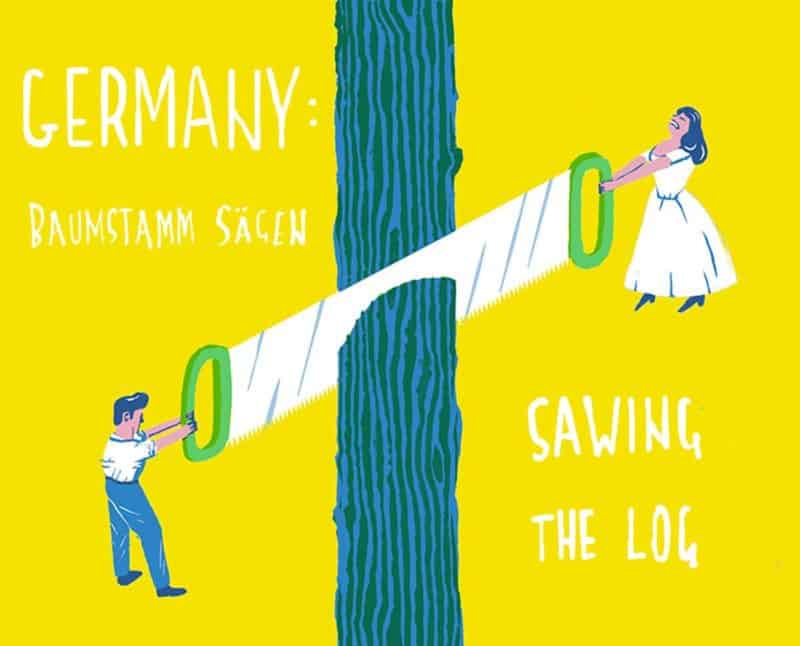
2. The southern USA: Burying the bourbon
In some parts of the South, the bride and groom bury a (full!) bottle of bourbon upside-down at or near the site where they’ll say their vows. This must be done one month before the wedding in order to ward off rain on the wedding day and, whether the weather plays along or not, the bourbon will be dug up, shared, and enjoyed during the reception.

3. Hungary: the bride is for sale!
At the reception, a guest will grab a big bowl or a hat and shout ‘THE BRIDE IS FOR SALE.’ He then puts money in the bowl, passes it on, and starts to dance with the bride. Everyone who adds money has a turn at dancing with the bride, until the groom wants a go. Then, the bride will be ‘kidnapped’ – and the groom must perform for the guests to win her back!
4. Canada: Silly sock dance
In Quebec and other French-speaking parts of Canada, the older, unmarried siblings of the bride and groom perform a dance at the reception while wearing ridiculous, brightly-colored, knitted socks. Guests can show their approval of the dancing display by tossing money at the siblings, which is then (generously) donated to the bride and groom.

5. Finland: Morsiamen ryöstö (bridal robbery)
At a Finnish wedding reception, the groomsmen will kidnap the bride (often while disguised as gangsters).Then, the groom must perform tasks in front of all the guests to win his bride back – he might have to sketch a picture of her, or write a heartfelt poem, anything to prove his love! Meanwhile, the bride is kept entertained by the groomsmen giving her liquor.
6. Guatemala: Breaking the bell
After the wedding, everyone typically goes to the groom’s house. Hanging over the doorway is a white ceramic bell filled with rice, flour, and other different types of grain – all of which represent abundance. As the couple arrives, the mother of the groom welcomes them and ceremonially smashes the bell, bringing the couple good luck and prosperity.
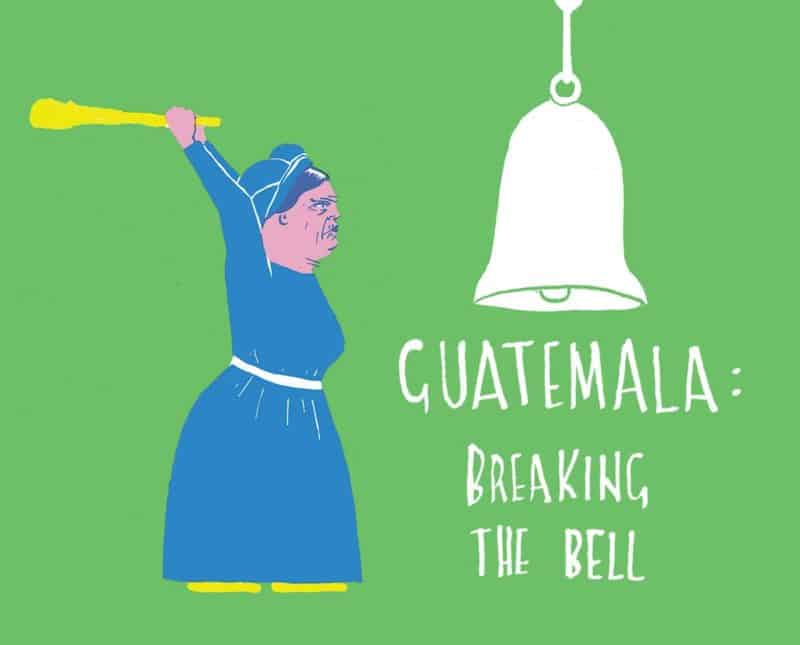
7. Belgium: Every bride needs a hankie
A Belgian bride will carry a handkerchief that has been embroidered with her name. After the wedding, the handkerchief is framed and displayed on the wall – until the next family wedding, when it is given to the next bride to embroider with her name. In this fashion, it passes from generation to generation, becoming a beloved family heirloom in the process.
8. Scotland: The blackening of the bride
A few days before the wedding, there is the ‘Blackening of the Bride,’ where the bride (and sometimes the groom) are ‘captured’ by friends and family, covered in filthy things like beer, treacle, spoiled fish, feathers, and flour, then paraded through the streets for all to see. The plan is that, if they can get through this trial, marital strife will be a breeze!
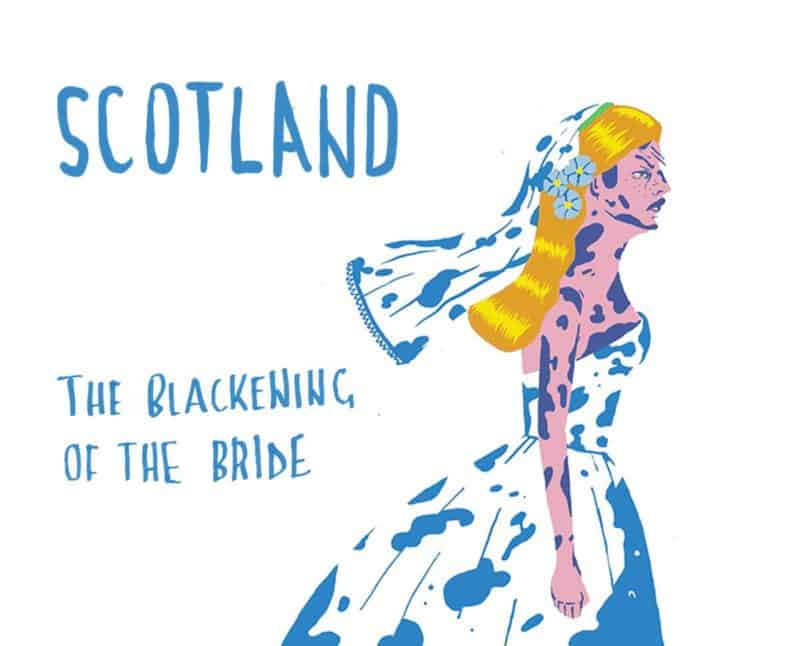
9. South Korea: Fish slapping
In some parts of South Korea, the reception is interrupted when the groom’s friends grab him, bind his feet, steal his shoes, and then spank the bare soles of his feet with dried fish (sadly for those who like a good pun, it’s Yellow Corvina fish rather than sole). Traditional beliefs say that this custom will strengthen both the groom’s vitality and his virility.
10. France: Le Pot de Chambre (yes, the chamber pot!)
As the wedding reception draws to a close, French newlyweds are presented with a real chamber pot, filled with the leftover bits of alcohol from the wedding (and sometimes extra delights like melted chocolate, banana, or even toilet paper!). The couple must consume it all before leaving, so as to build up strength before the, er, taxing wedding night ahead.
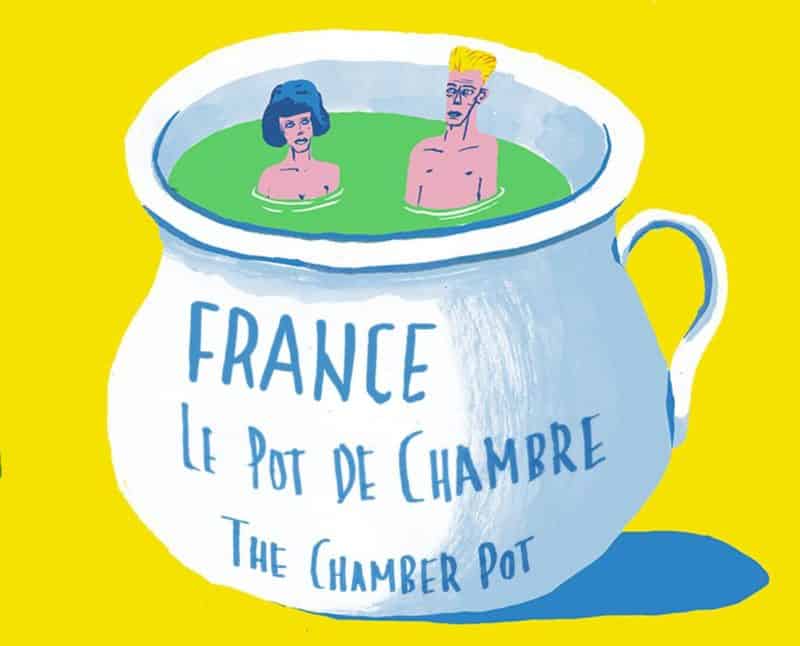
11. New Zealand: An open door policy
Up until 1994, it was illegal to get married in a venue that had a closed front door! The theory was that anyone who wished to object must have easy access to the ceremony. This complicated marrying at sea: you could only marry on a ship if it was docked and the gangplank was down. To this day, many wedding venues still leave their doors open.
12. India: Joota chupai (hiding the shoes)
When the groom takes off his shoes on the way to the mandap (altar), the bride’s family promptly try to steal them and hide them. The groom’s family must try and protect the shoes at all costs – and so the battle of the families begins! If the bride’s family gets away with the shoes, the groom must pay to ransom them back.
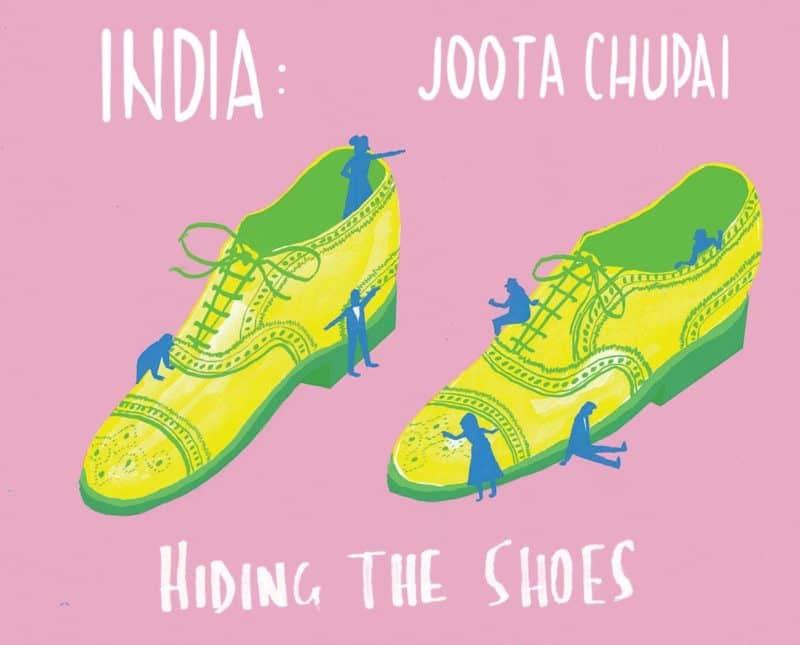
13. Argentina: Ribbons in the cake
In Argentina, you don’t always toss the bouquet. Instead, the single women at the wedding gather around the wedding cake, which has several ribbons sticking out of it. Each woman pulls a ribbon out of the cake and discovers a small charm tied to the other end – the one who pulls out the ribbon that has a ring attached will be the next to get married!
14. Spain: Cortar la corbata del novio (cut the groom’s tie)
After the wedding, usually during the reception, the groom will be surrounded by his groomsmen and closest friends, who will cut the tie from around his neck! The tie will then be cut into small pieces and auctioned off to the wedding guests, bringing good luck to everyone who manages to get a piece.
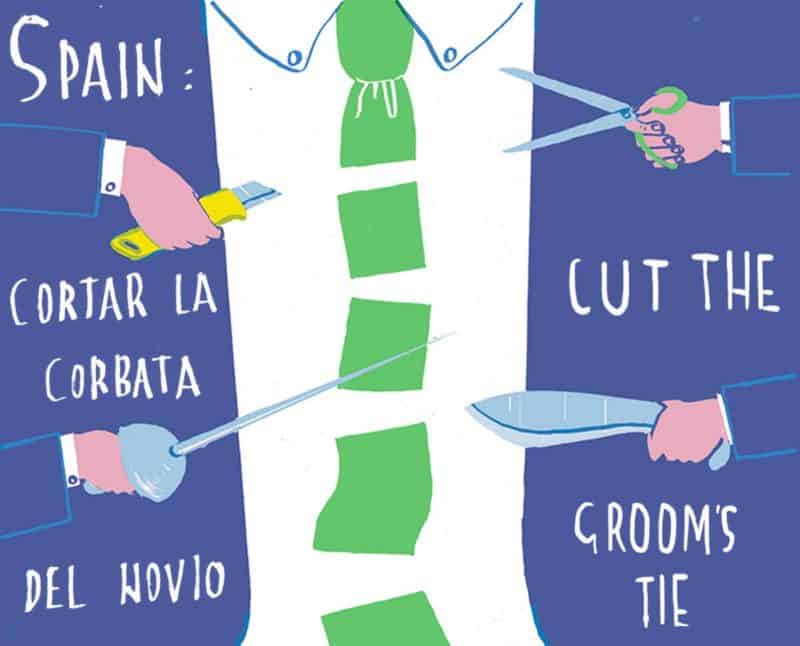
15. Norway: Kransekake (a special kind of cake)
Norwegians don’t have the three-tiered wedding cake. Instead, they make Kransekake, a steep-sided cake cone made by sticking rings of cake on top of one another with icing (often 18 rings or more). At the wedding, the bridal couple tries to break off the top layer – the number of cake rings that stick to it represent the number of children the couple will have!
16. Czech Republic: soup from a single spoon
The first course of a Czech wedding meal is soup. The bride and groom are wrapped together in a towel or sheet and then must eat their soup from one bowl, with one spoon between them – sometimes with their hands tied together too! This symbolizes the way in which they will have to work together in the future.
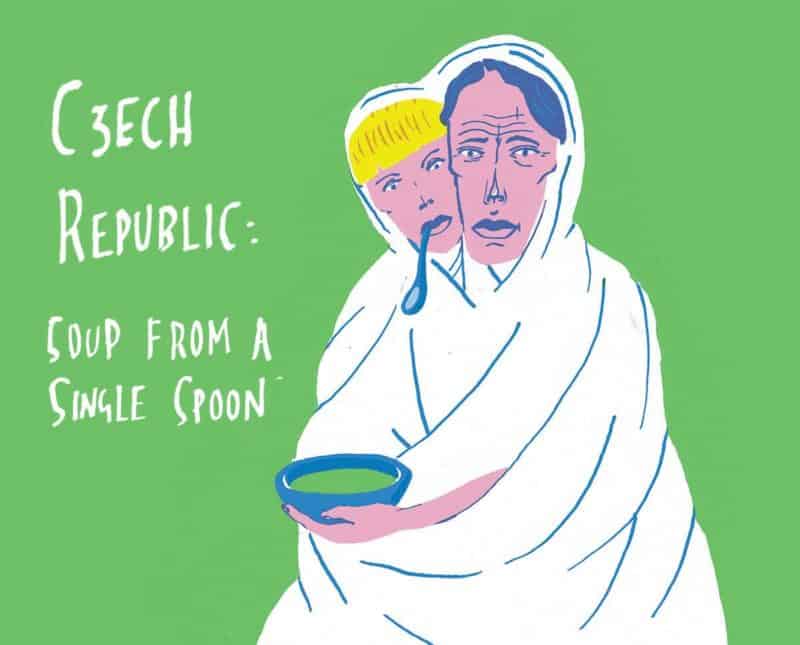
17. Germany/Western Poland: Poltrabend (a noisy evening)
A few nights before the wedding, the couple’s friends and family gather to smash ceramics, like plates, flowerpots, and even toilet bowls; anything but glass or mirrors. This is because ‘’Scherben bringen Glück” – broken shards bring luck. The bride and groom clean it all up, symbolizing the fact that they will have to work together to navigate the difficulties of life.
18. Mexico: El Lazo (the lasso)
After a Mexican couple has pledged their vows, their family and best friends ‘lasso’ them together with a special rope. This rope can often be very elaborate, made of crystals or beads and is tied in a figure-eight shape to symbolize the couple’s lasting unity. This has some similarities to a Celtic hand-fasting (thought to be the origin of the phrase ‘tie the knot!’)
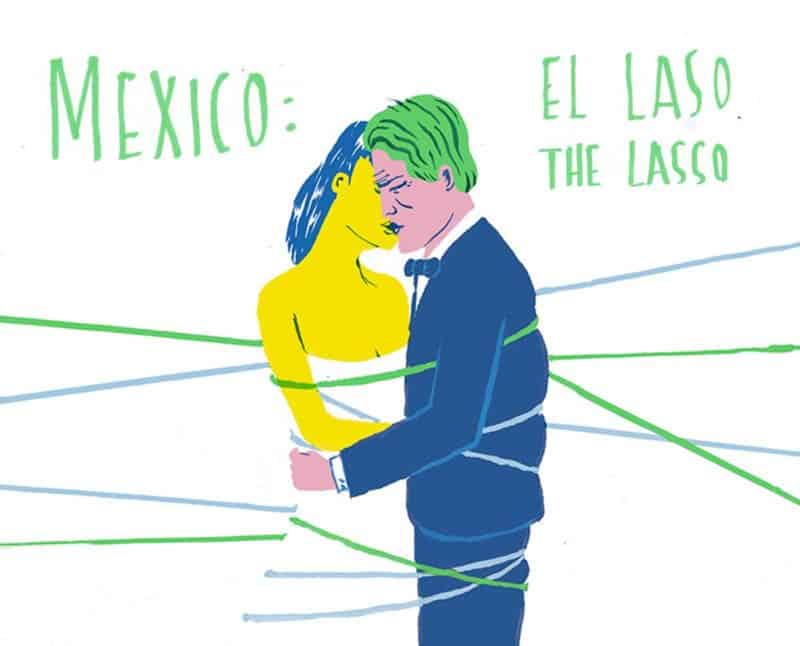
19. Russia: Vykup nevesty (buying out the bride)
When a Russian groom comes to pick up his bride, the bridesmaids will meet him at the door with a list of challenges he must pass before he can proceed. He might have to sing songs, recite poems – or pay a ransom. Often, his first ransom offer will buy him an alternate bride (usually a male friend in a dress and veil) before he offers more and finally gets his love.
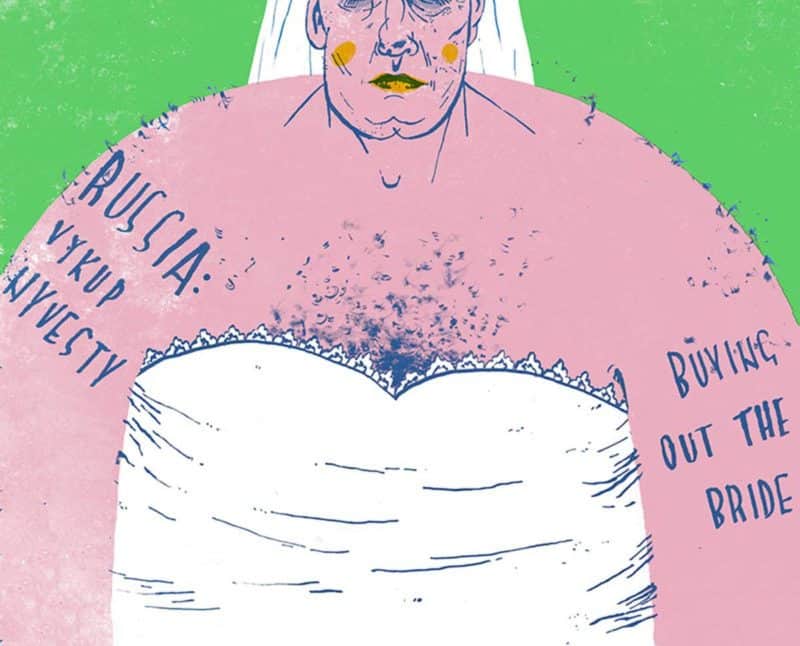
Thanks to EliteSingles for sharing these 19 unusual wedding traditions with us.
“EliteSingles is the dating site of choice for American singles seeking a long-term, committed relationship. Those things combined mean that we have a soft spot for weddings and delight in wedding stories from near and far. That’s why we decided to take a look at wedding customs from around the world.”
-
 1/13
1/13
-
 2/13
2/13
-
 3/13
3/13
-
 4/13
4/13
-
 5/13
5/13
-
 6/13
6/13
-
 7/13
7/13
-
 8/13
8/13
-
 9/13
9/13
-
 10/13
10/13
-
 11/13
11/13
-
 12/13
12/13
-
 13/13
13/13

